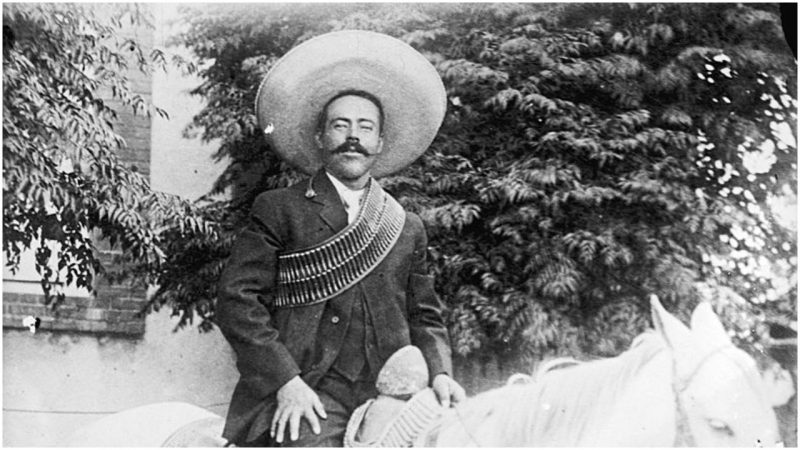“My sole ambition is to rid Mexico of the class that has oppressed her and give the people a chance to know what real liberty means. And if I could bring that about today by giving up my life, I would do it gladly.”
Pancho Villa
Loved by some and hated by others, Pancho Villa is undoubtedly one of the most intriguing figures in Mexican history. A revolutionary and guerrilla leader, a murderer, a bandit, and a folk hero, he was among the most significant characters in the uprising against the dictator of Mexico, Porfirio Díaz, in 1909.
He sacrificed his life to help Francisco Madero win the revolution, thus establishing himself as a brave and charismatic leader who fought to establish economic equality and social justice for the country’s poor, for which he is nowadays known as the Mexican Robin Hood.
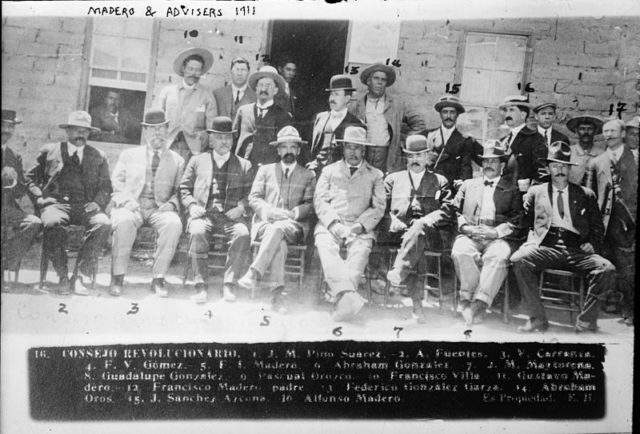
His unfortunate death tells us how significant and influential Pancho Villa had become in Mexican society: He was assassinated because the new president of Mexico, Alvaro Obregon, saw him as a political opponent who was likely to be nominated as a candidate in the elections of 1924.
Once the Mexican revolution ended in 1920, Pancho Villa retired to a ranch he had been given by the government but was still considered a threat by President Obregon, who decided that it would be best for his political career to kill Villa.
Pancho Villa, who was lucky enough to survive numerous bloody battles and was nearly killed on several occasions, ran out of luck on July 20, 1923, when he was assassinated whilst driving in Parral, Chihuahua, in his black 1919 Dodge touring car, accompanied by his bodyguards. Assassins ambushed his car and a rain of bullets followed, killing everyone in the car except for one of his bodyguards named Ramon Contreras, who managed to kill one of the attackers before he escaped.
Villa reportedly died saying, “Don’t let it end like this. Tell them I said something,” but there is no evidence that this claim is true and many believe that he actually had no time to say anything, as he almost certainly died instantly after one of the 40 shots fired into his 1919 Dodge hit his head.
Before Pancho Villa rose to fame in Mexico he’d actually had a quite difficult youth. He was born into a poor family and had to work on his parents’ farm, experiencing the harshness of rural life from early in his childhood. Everything changed when Pancho, who was only 15 years old, became the head of the family after his father died, taking on the responsibility of his mother and his four siblings.
And he took good care of his family. The owner of the hacienda where teenage Pancho worked tried to rape Pancho’s 12-year-old sister, but what the owner didn’t know was that her brother was prepared to kill for his family. The 16-year-old took a pistol, shot the man, and escaped to the mountains, where he joined a group of fugitives and became a bandit.
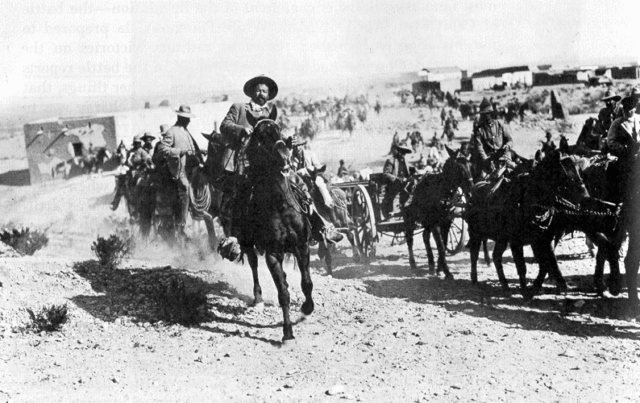
He changed his name and in the years that followed he committed numerous other crimes, including robbing various banks and shipments of money. He stole from the rich and often gave to the poor, establishing a reputation as a Robin Hood.
He retired from his life as a notorious outlaw in 1910 when he joined Francisco Madero’s uprising against President Porfirio Díaz on the promise that Madero would change the lives of the people in the lower classes if the uprising was successful.
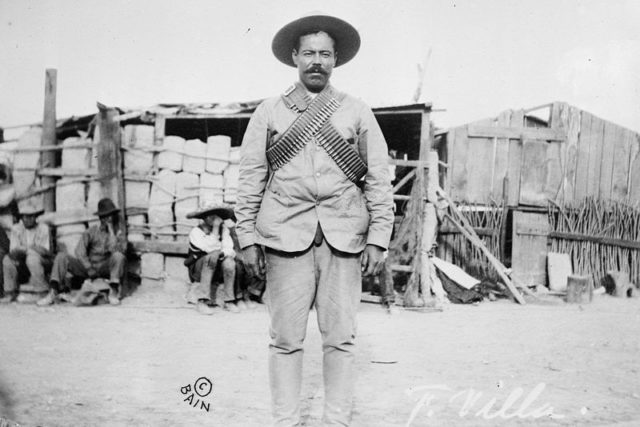
Villa was made a colonel as a result of his great leadership and fighting skills after the uprising proved to be successful. Francisco Madero became the 33rd president of Mexico in 1911, but in the following year political unrest again appeared in Mexico. Madero had been removed from power, and Villa was about to be executed for helping the former government but managed to avoid execution at the very last minute as a result of a reprieve from Madero and he was instead imprisoned.
He fled to the United States after escaping from prison but soon came back to Mexico, where he joined forces with Venustiano Carranza and Emiliano Zapata, who fought against Victoriano Huerta. During the years that followed, he took part in many clashes in Mexico and eventually his former ally, Carranza, became his worst enemy.
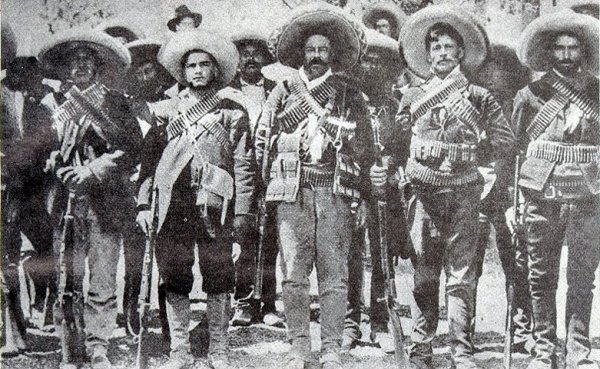
After the United States made it clear that they supported Carranza in Mexico, Villa attacked the town of Columbus, New Mexico, where his men killed 19 people. Thousands of soldiers were sent to the borders with a mission to catch Pancho Villa. They spent a year trying to locate Villa, but their efforts proved to be fruitless.
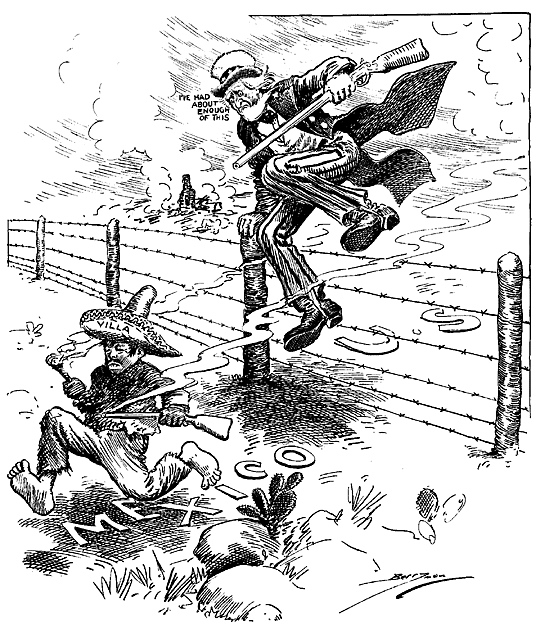
After Carranza was assassinated in 1920 and Adolfo De la Huerta became the president of Mexico, Pancho Villa was offered a hacienda in Chihuahua in exchange for his withdrawal from the battlefield. Villa accepted the deal and finally retired.
About three years later, the man who “could march 100 miles without stopping, live 100 days without food, go 100 nights without sleep, and kill 100 men without remorse,” was assassinated by a group of seven riflemen who fired more than 40 rounds into his car.
